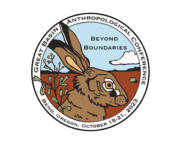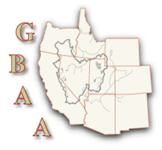Featured: Beyond Stones and Bones: Current Research on Fiber Artifacts in the Great Basin

Today’s featured symposium is “Beyond Stones and Bones: Current Research on Fiber Artifacts in the Great Basin.” While much of the global archaeological record is dominated by stone and bone, the Great Basin boasts perhaps the most extensive, diverse, and ancient records of fiber artifacts in the world. Studies of plant and animal fiber artifacts in the region have traditionally focused on normative analysis, using structural traits to explore geographic and chronological patterning. More recent work has pioneered fiber identification techniques to better understand environmental context and land use strategies, explored the use of radiocarbon dating of fiber artifacts to achieve chronological control of disturbed contexts, and extracted microfossils from basketry to interpret dietary uses. This symposium examines the status of current research in Great Basin fiber artifacts and explores future directions for fiber investigations. We would also like to recognize sponsorship at the Lahontan Level by two companies, Archaeological Services LLC and WestLand Resources. Archaeological Services LLC (ASCC) is based out of Vancouver, WA. They have grown from a one-person operation working solely in Clark County to a firm that employs six full-time archaeologists who carry out projects throughout the Pacific Northwest. To learn more about ASCC, please visit https://archaeologicalservices.com/about-ascc/…

